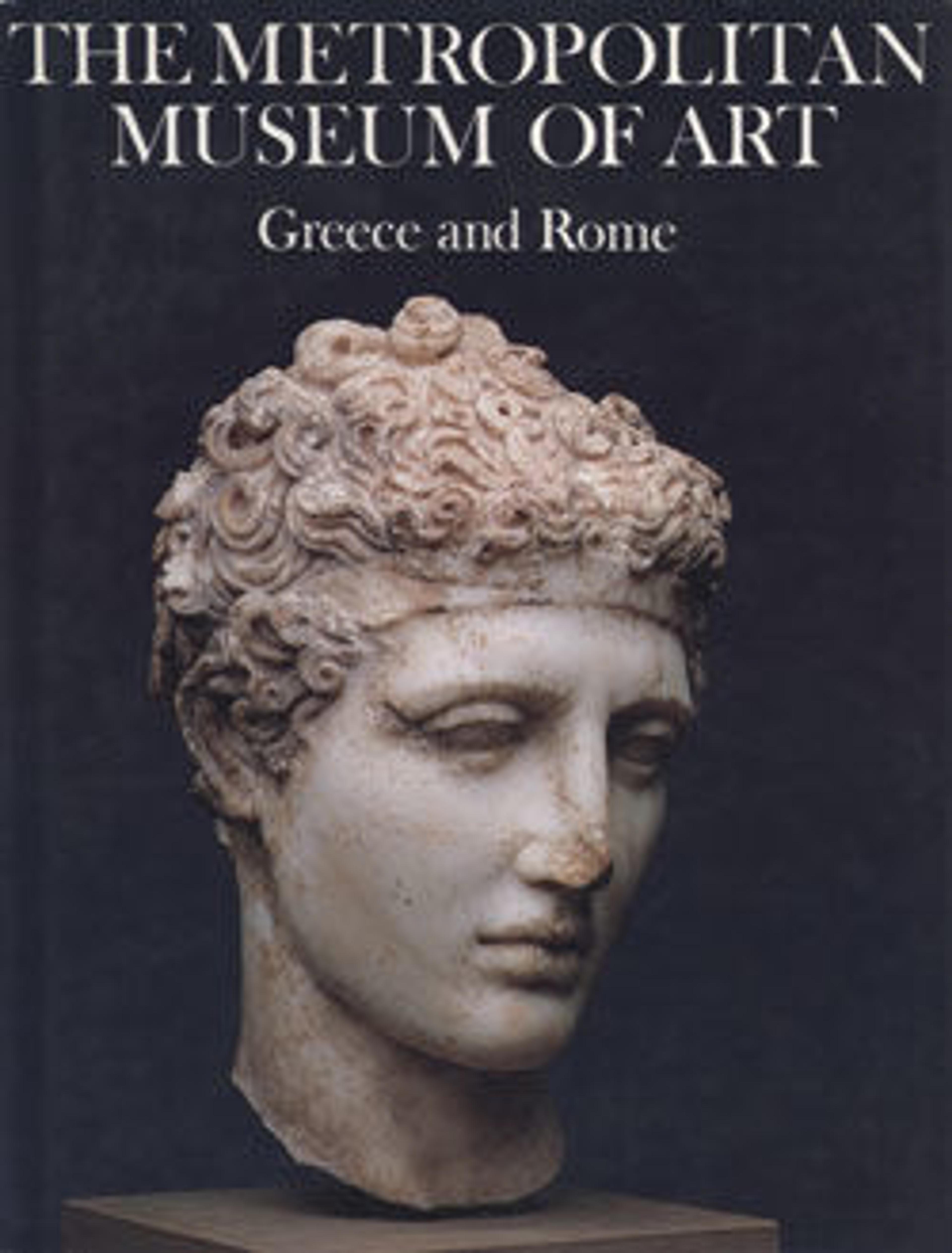Ivory sandaled foot
The foot comes from a small statue with flesh parts of ivory and with drapery in another material, perhaps metal or semiprecious stone. The tongue of the sandal is decorated with a personification of the Nile, suggesting that the statue depicted was either an Egyptian deity or the Emperor Augustus, who annexed Egypt after the defeat of Antony and Cleopatra at the Battle of Actium in 31 B.C.
Artwork Details
- Title: Ivory sandaled foot
- Period: Early Imperial, Augustan
- Date: ca. 31 BCE–14 CE
- Culture: Roman
- Medium: Ivory
- Dimensions: Overall: 2 3/8 x 5 5/8 in. (6 x 14.3 cm)
- Classifications: Miscellaneous-Bone, Ivory
- Credit Line: Fletcher Fund, 1925
- Object Number: 25.78.43
- Curatorial Department: Greek and Roman Art
More Artwork
Research Resources
The Met provides unparalleled resources for research and welcomes an international community of students and scholars. The Met's Open Access API is where creators and researchers can connect to the The Met collection. Open Access data and public domain images are available for unrestricted commercial and noncommercial use without permission or fee.
To request images under copyright and other restrictions, please use this Image Request form.
Feedback
We continue to research and examine historical and cultural context for objects in The Met collection. If you have comments or questions about this object record, please contact us using the form below. The Museum looks forward to receiving your comments.
